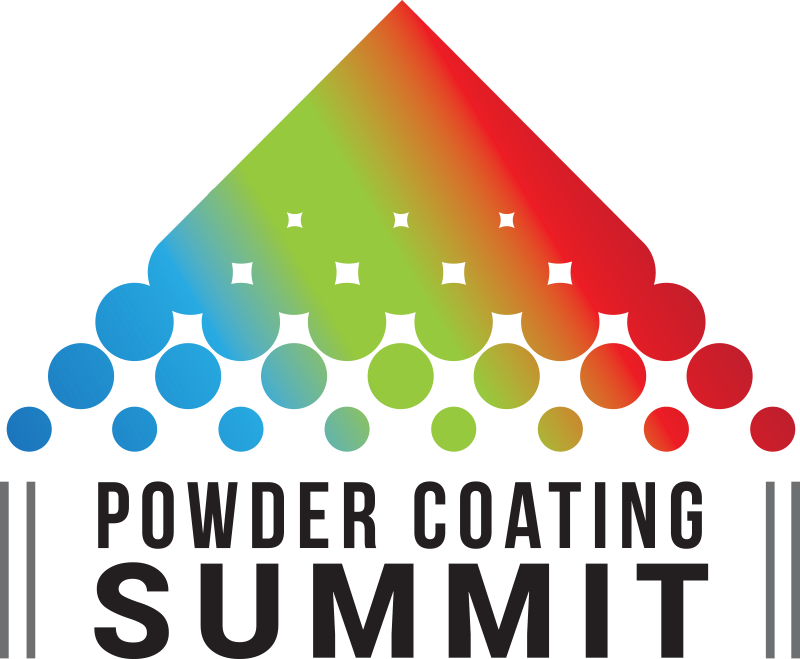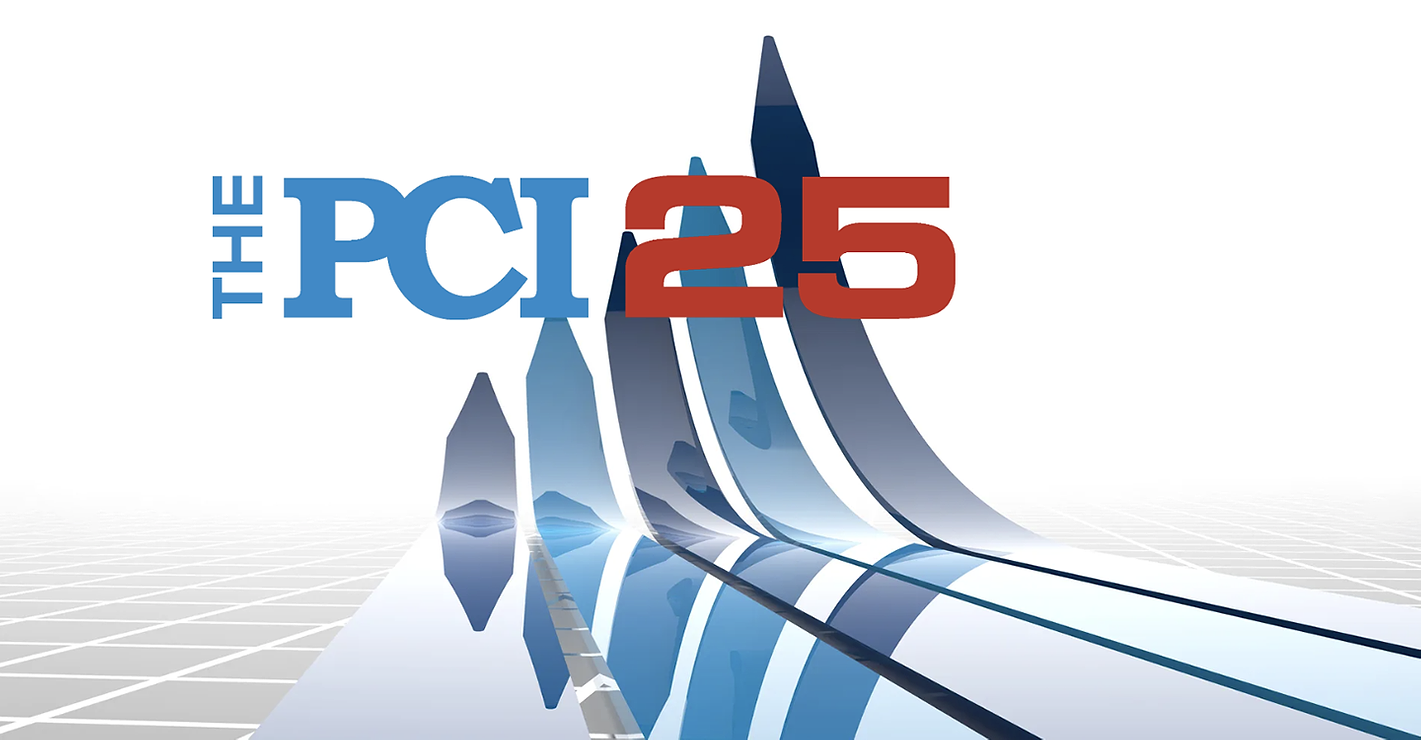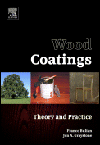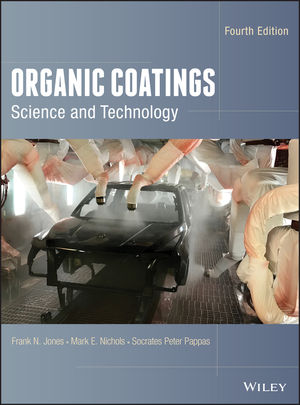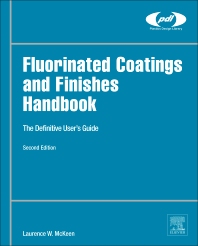Radiation-Cured Coatings for Metal Surfaces
Real Benefits in Practical Applications


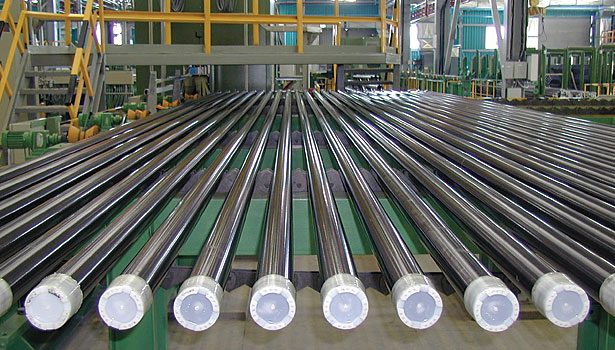





There are real benefits to be gained, as several forward-thinking manufacturers have clearly demonstrated with the adoption of radiation-cured coatings for metal substrates. A few of these examples are highlighted below, including household appliances, truck axles, beverage cans and steel pipes for oil drilling.
Improving the Value of Steel
Researchers at OnderzoeksCentrum voor de Aanwending van Staal (OCAS), an advanced, market-oriented research center providing steel and metal-based products, services and solutions for metal processing, have been focused on the opportunities that UV-curing technology provides in terms of developing coatings with unique functionality combinations. By investigating both the surface chemistry of different substrates and exploring various formulation and application approaches, Philippe Legros, Project Leader for surfaces and coatings, and his colleagues have been able to develop novel coatings and new production methods that increase line speed and maintain coating performance.
“Through the use of oligomers and diluent monomers that can provide new functionalities, UV-curable coatings can provide technical advantages including direct adhesion or the need for only a thin, pretreated coating; the ability to impart specific product properties like smoothness, gloss, hardness, chemical resistance; and the possibility of adding extra functionalities to the formulations,” observes Legros. Because UV formulations are 100% solids, there is no need to disperse the resins and specific additives in organic solvent or water, and thus there are no settling or sedimentation issues with UV-cured systems.
To have a successful UV-curable coating on metal, however, it is important to understand and be able to modify the surface properties of the metal and tailor the coating formulation to give the desired properties based on the surface characteristics. For instance, the pH of a degreasing agent can change the surface chemistry of hot dip galvanized substrates by affecting the Al/Zn ratio and the surface roughness. The wettability of the surface is thus affected, which can impact adhesion and other coating properties. Similarly, the zinc layer of galvanized steel is not always homogeneous, and this inhomogeneity can influence the gloss and corrosion resistance of applied coatings. It was also found that for hot rolled steel tubes, UV coating on pickled steel gave the best results.
On the formulation and application side, research at OCAS has demonstrated that under nitrogen UV curing of certain formulations avoids oxygen inhibition of the polymerization and allows both curing at higher speed and improvement of surface properties. A lower photoinitiator content can also be used, which reduces the residual odor and improves surface properties. Using high-throughput experimentation, a UV-cured thin clearcoat formulation was rapidly developed, and its adhesion and corrosion resistance optimized.
The high-throughput work involved preparation of the complex formulations using an automated workflow system and their application onto steel substrates by means of an automated high-speed transfer coating system, which was performed at OCAS’ partner Flamac, a research organization focused on accelerated material development. Using these technologies, OCAS was able to evaluate up to 100 different formulations per week.
Pilot trials on an industrial line were conducted to evaluate the practical application of UV curing in an industrial setting. “We found that the UV-curing process is indeed a flexible, robust, clean and easy-to-implement process compared to solvent/water-based coating technologies,” states Legros. In a coil coating line, for example, it allowed for very homogeneous applications with high-viscosity paints and gave good direct-to-metal adhesion on degreased, galvanized steel in the production of a primer and heat-transfer, antibacterial and antiscratch clear coatings.
He adds, “It is important to remember, though, that knowledge of the metal and its surface treatment, careful and tailored formulation, and working closely with customers to properly simulate their applications and carry out pilot and plant trials are critical for success with UV-cured coatings for metal.”
Better Appearance for Household Appliances
Coatings on household appliances – ovens, microwaves, refrigerators and dishwashers – must stand up to harsh mechanical and chemical stresses. At the same time, interest from consumers in anti-fingerprint or easy-to-clean appliance surfaces is growing. Finding a coating that meets both requirements is a real challenge. Steel manufacturer ThyssenKrupp AST turned to UV curing to find a solution.“We were attracted to the UV-curing process because it prevents temperature-related yellowing of the metal surface (thermal aging), thus avoiding the “plastic-like” appearance of thermal coatings,” notes Product Manager Stefano Mauro. At the same time, the high degree of polymeric crosslinking yields extremely high surface hardness and scratch resistance, while still allowing the necessary ductility required for bending and drawing operations.
“The challenge was to overcome the reduced resistance to humidity and salt spray,” Mauro says. The high hardness and scratch resistance of UV-cured coatings makes them fragile with respect to mechanical deformation such that a small deformation can lead to formation of micro-cracks that affect the performance of the coating in the salt spray and humidity resistance tests. The company worked closely with its customers in order to achieve a trade-off that meets their specifications. The nature of the UV-cured film also makes it much easier to wipe off fingerprints with a dry cloth, the so-called “easy-to-clean” effect.
The coating has performed so well that it now accounts for over 75% of all production at ThyssenKrupp AST, according to Mauro. The production process involves cold rolling of steel to the required thickness (0.4 to 1.2 mm), then brushing or polishing followed by coil coating and then slitting and cutting to length. For the coating process, the steel is degreased, rinsed, then primed and cured in a primary IR furnace. After the topcoat is applied, the steel is exposed to UV lamps.
Since the UV-curing process was implemented at the end of 2006, ThyssenKrupp has seen measurable benefits. Energy savings total 900 MW/year, or about 90% of previous consumption. VOC, CO and NOx emissions have also been reduced by 30 Kg/year, 150 Kg/year and 460 Kg/year, respectively. Importantly, too, the coating does not affect the recyclability of the stainless steel. “In addition, we also have eliminated the problem of entrapped bubbles due to solvents, which has led to a reduction in surface defects. As a result, these UV-cured coatings are able to meet the extremely high quality and function requirements of the household appliance industry,” Mauro concludes.
Big Challenges Reap Big Rewards
Until recently, the application of UV-curing technology for coatings has largely been limited to smaller parts with simple, two-dimensional geometries. Moreover, the pigmented UV-curing coating systems harden in thicknesses of a few micrometers. A process developed at Daimler AG has changed all that.
The use of UV-cured coatings by Daimler for coating truck axles at its Gaggenau plant in Germany was implemented in response to Germany’s Federal Directive on Emissions Safety. The regulations required paint shops to reduce VOCs effective Nov. 2007. Rather than just meet the requirements, Daimler looked for a novel process solution that would go well beyond that required and provide additional benefits as well, according to Guido Helm, project initiator and developer of the UV paint technology for vehicle assemblies.
Their answer was the use of radiation-cured coatings. In addition to being 100% solids with zero VOCs, any overspray is easily recycled, which reduces material cost. Waste disposal costs are also reduced because the air in the spray booth doesn’t need to go through a wet wash. Because the coatings cure instantly upon exposure to light, large ovens are no longer required to heat the coatings, saving money and reducing carbon emissions. Time is saved, too, because both the heating and cooling periods are no longer needed, and the axles can go straight to the assembly division. The footprint of the coating area can also be drastically reduced with elimination of the ovens and cooling areas.
Of course, before those advantages could be realized, some challenges had to be overcome. At that time, no large items with such complex geometry had been coated with a UV process before. And it is essential that all surfaces be irradiated to ensure full cure over the entire axle. The solution: the use of six UV lamps in a circular arrangement.
UV curing must also take place in an inert atmosphere. Moving a heavy truck axle into an enclosed container is not a convenient approach. The solution: development of a new painting facility (in conjunction with painting systems producer Sturm Maschinenbau) that involves horizontal suspension of the axles on a transport rail. The axle passes through a domed section inside the facility that contains the six UV lamps and is continuously supplied with nitrogen gas.
Daimler also had to develop a high-quality formulation that met the demanding performance requirements for corrosion protection (also chemical, heat and abrasion resistance) and was able to adhere strongly to a variety of different materials − all with only one coat. The solution: a customized formulation developed in conjunction with paint producer Karl Wörwag.
The technology was implemented in production in January 2011. Daimler is now exploring other potential applications for UV-cured coatings, such as engine blocks.
Speedier Can Production
In some cases, coatings are applied to either improve the manufacturing process or protect components during shipping and storage. UV-cured base rim coatings for beverage cans are one such example. While beverage cans are typically looked at as simple containers, they in fact are highly engineered, mass-produced consumer items, according to Steve Colville, Project Leader for print processes with Crown Packaging PLC. “Can lines run at up to 2200 cans/min or 36.7 cans/sec or 132,000 cans/h. UV-cured coatings have played a vital role in increasing efficiencies and making these line speeds possible,” Colville remarks.
Beverage cans have been rim-coated for decades. The coating improves can mobility in the manufacturing and filling processes, helps reduce production of metal fines, thus reducing maintenance, increases abrasion resistance and corrosion protection (for steel cans) and reduces the number of line jams.
Originally, solvent-based or waterborne coatings were applied with a thermally cured spray, but this technology has issues with overspray, VOCs, contamination and damage due to handling in pin ovens. In addition, as line speeds increased, oven dwell times were reduced, and oven temperatures had to be raised to ensure full curing. The higher temperature often affected the quality of the cans (aluminum in particular), causing them to be more susceptible to damage.
The industry found a solution in UV-cured coatings, which are well suited to high line speeds with their fast cure rate and 100% solids formulations. Aluminum cans, which make up the vast majority, are coated on the rim only, while steel cans are coated on the rim and chime (bottom). There is no need for a pin oven and no need for dry time, so neither the cans nor the coatings are damaged. “UV systems, which are easy to retro-fit into existing production lines, therefore reduce spoilage and VOC emissions, and make it possible to achieve 5-10% greater can throughput compared to conventional coating systems, and the return on investment time is typically just six months,” Colville asserts.
High-Performance Pipe Protection
Round steel tubes produced for the oil drilling industry require temporary transparent coatings to protect identification and quality control markings from damage due to corrosion during sea transport and storage by the end user. In the past, waterborne lacquers were used, but here again overspray was an issue. Finishing line producer Venjakob found that UV-cured coatings address far more than the overspray issue.
“With our UV system, there is virtually no waste, so 1 Kg of coating covers 20 m2 of pipe surface, which is simply not possible with solvent or waterborne coatings,” comments Gerd Mense, Key Account Manager, tube finishing at Venjakob. The fact that the coatings are solvent-free is also a tremendous environmental benefit for companies. Mense further explains that there is no contact between the tube and the rollers before the coating is cured, so there is no chance for the film to be damaged. And because the coating cures instantly, the tubes can be bundled directly following the varnishing process. In addition, no high-pressure pumps or airless sprayers are required, very little maintenance on the lines is necessary, and there are no problems with clogged nozzles.
“Overall, with the UV coating we are getting superior anticorrosion and adhesion properties compared to water-based paints at the same cost level. Process automation also makes it possible for one operator to have full control of the coating process. Integration of the painting process directly into the technological flow of the plant is also possible due to the high line speeds (up to 120 m/min) achieved with the UV-cured coating system. Therefore we believe that UV technology offers a truly innovative, high-performance solution for temporary corrosion protection of pipes that is also cost effective and environmentally friendly,” Mense concludes.
Conclusion
The European region continues to be an active promoter of radiation technology in new applications including metal coatings. While metal coatings currently represent only a very small part of the UV/EB market, radiation-curing technology has several advantages over conventional coating technologies for metal that should provide opportunities for growth. Those advantages include environmental and cost performance benefits, opportunities for improving production operations and the ability to create novel coating systems with new functionalities and interesting combinations of properties. “More than ever,” states Dr. Stefan Smeets, Chairman of the Metal Working Group with RadTech-Europe, “Europe has to focus on innovation and differentiation accelerated by technology substitution and new VOC legislation to compete effectively in an increasingly global environment. Radiation curing is one such technology that can provide real competitive advantage.”
These and other real-world examples, plus an overview of the energy-curing market, a primer on energy curing coating technology and a review of recent regulations, were presented at the RTE Metal Coatings Seminar organized by RadTech-Europe in cooperation with OnderzoeksCentrum voor de Aanwending van Staal (OCAS) in January, 2011 at the OCAS head office in Zelzate, Belgium.
Looking for a reprint of this article?
From high-res PDFs to custom plaques, order your copy today!
